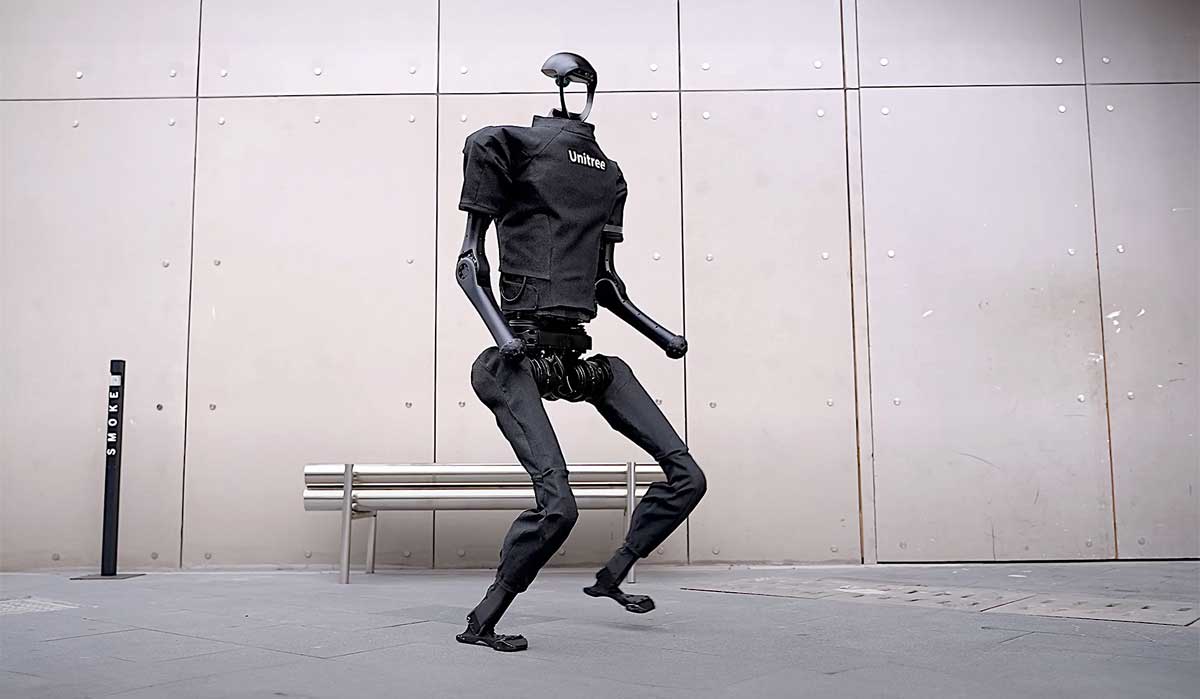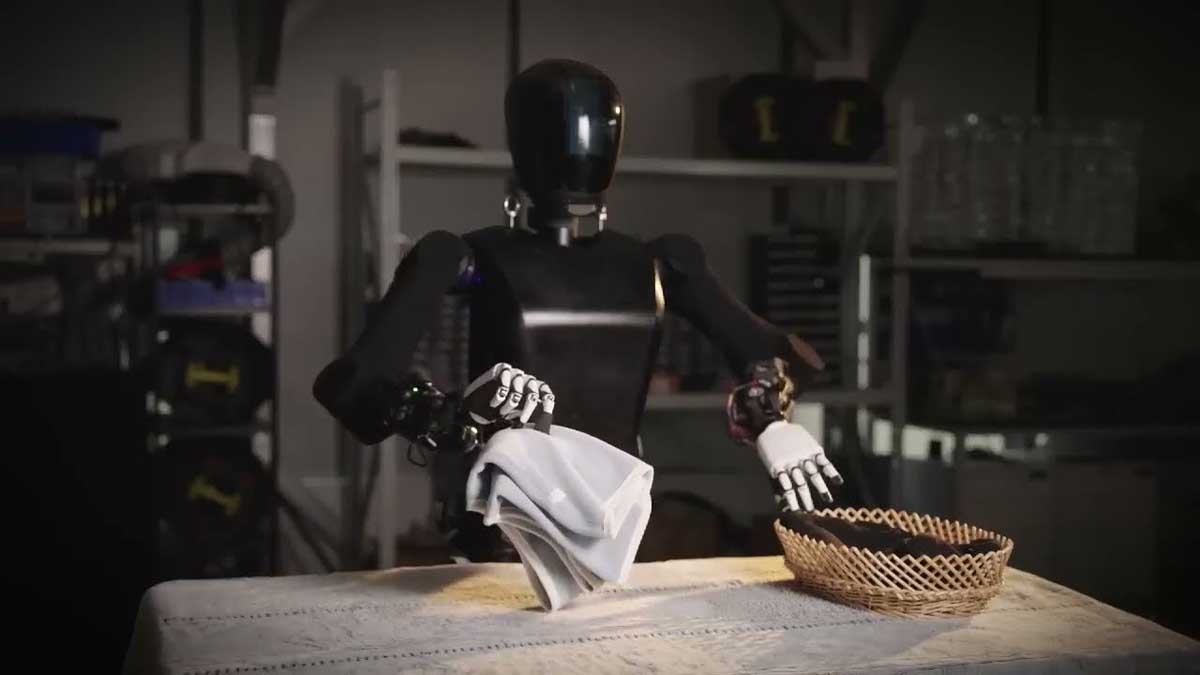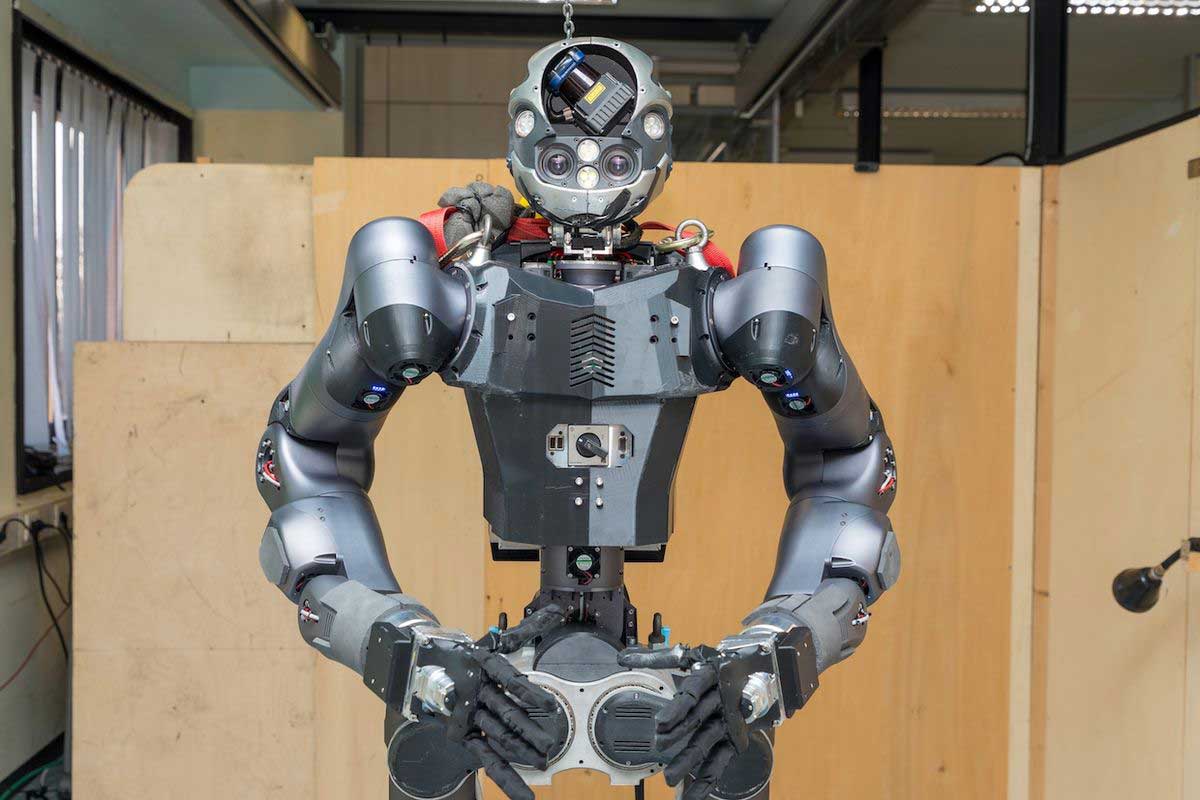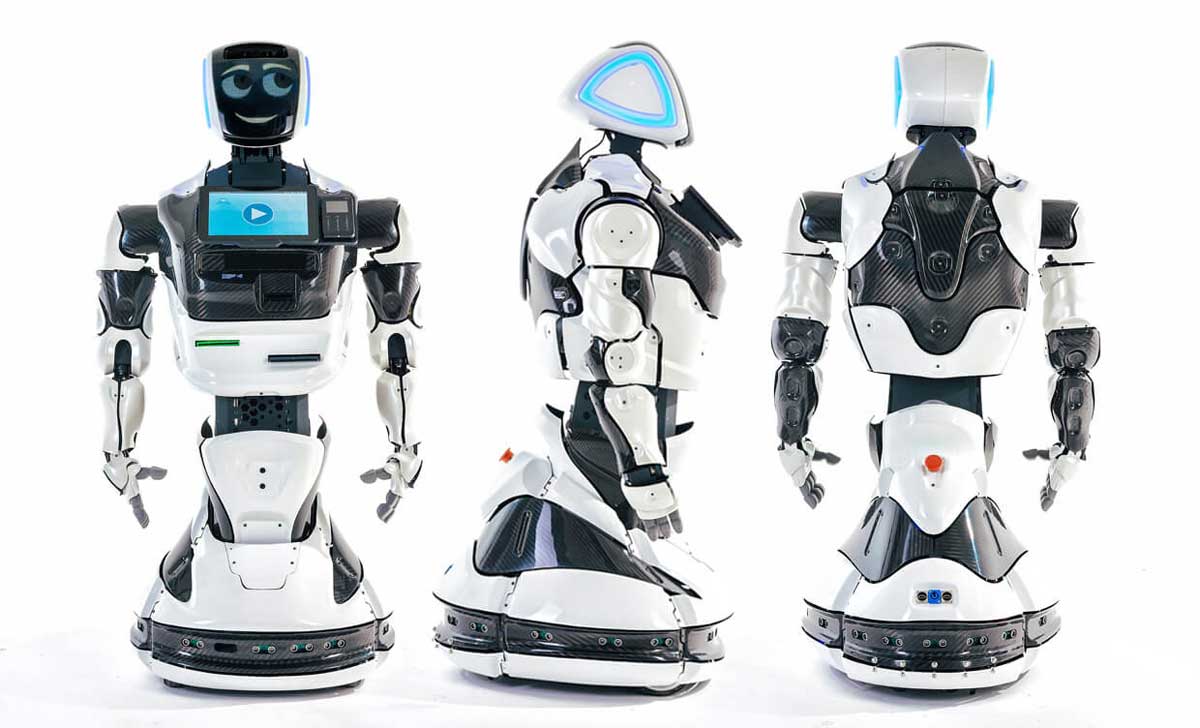The world of robotics continues to push boundaries, blurring the lines between science fiction and reality. Among the latest advancements is the Unitree H1, a humanoid robot poised to make a significant impact. Standing 1.8 meters tall and boasting impressive capabilities, the H1 is not just another research project; it’s a glimpse into the future of automation and interaction.
What sets the H1 apart is its combination of power and agility. With peak torque density exceeding most competitors, it exhibits dynamic movements and can even carry loads. This makes it suitable for various applications, from industrial tasks to performing arts. Additionally, its walking speed of 5.5 km/h surpasses other humanoids, showcasing its potential for real-world scenarios.
But the H1’s strength isn’t solely physical. Equipped with a 3D LiDAR and a depth camera, it’s adept at perceiving its surroundings. This 360-degree spatial awareness allows it to navigate complex environments safely and efficiently. This, coupled with its potential for AI integration, opens doors for exciting possibilities in fields like search and rescue, logistics, and even personal assistance.
Beyond its technical prowess, the H1 is designed to be accessible. Priced under $90,000, it stands as a cost-effective option compared to similar robots. This strategic move by Unitree could democratize humanoid technology, making it available to a wider range of institutions and individuals.
However, it’s important to acknowledge the robot’s current stage of development. While pre-orders are available, the H1 isn’t yet commercially released. This indicates ongoing refinements and a commitment to quality by Unitree. While some might find the wait frustrating, it’s a testament to the company’s desire to deliver a polished and reliable product.
The Unitree H1 represents a significant step forward in humanoid robotics. Its blend of power, agility, perception, and affordability paints a promising picture. As development progresses and the robot becomes readily available, we can expect to see it revolutionize various industries and potentially redefine how we interact with technology. The H1 isn’t just a machine; it’s a harbinger of a future where robots seamlessly integrate into our lives, assisting us and pushing the boundaries of what’s possible.





Leave A Comment